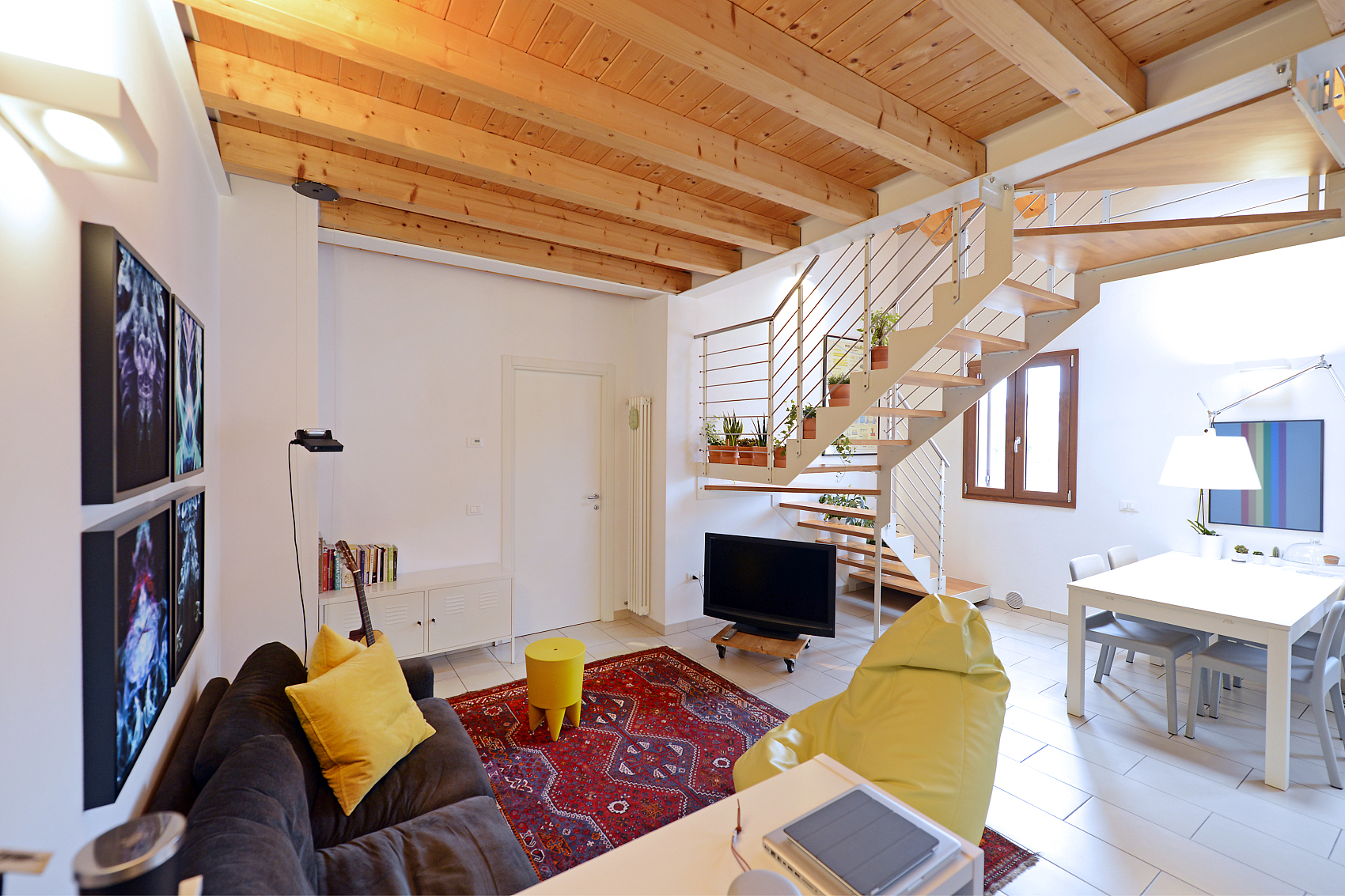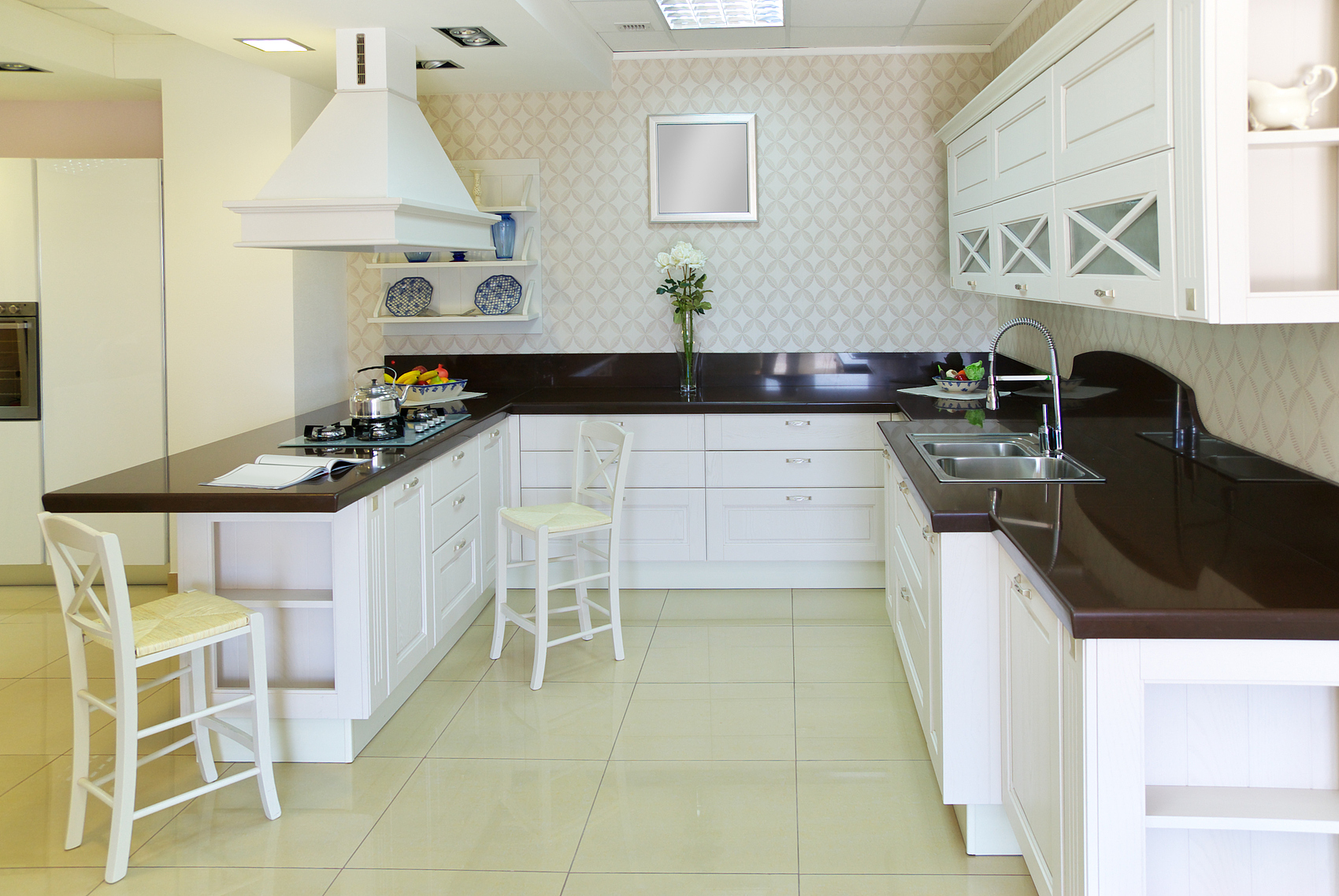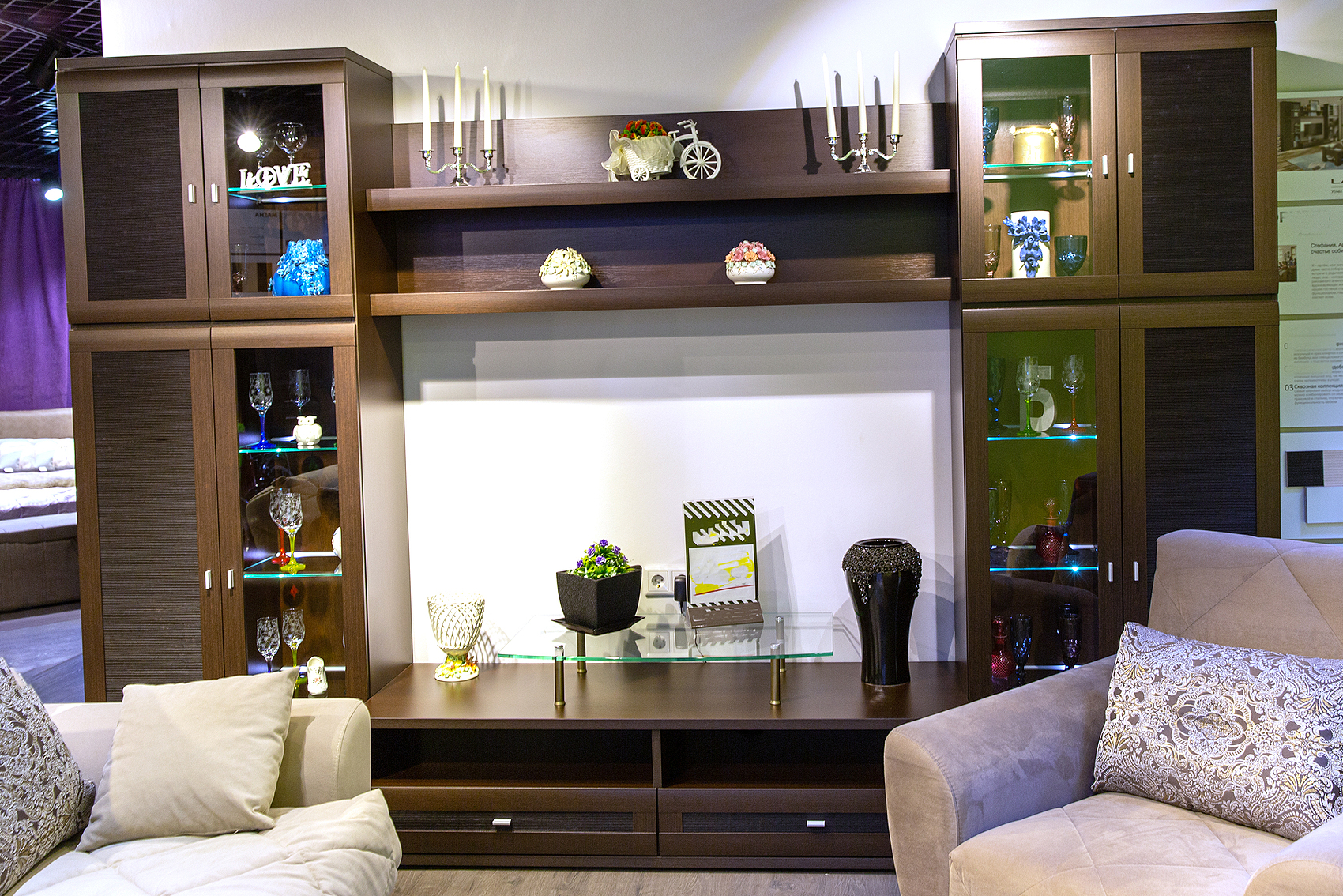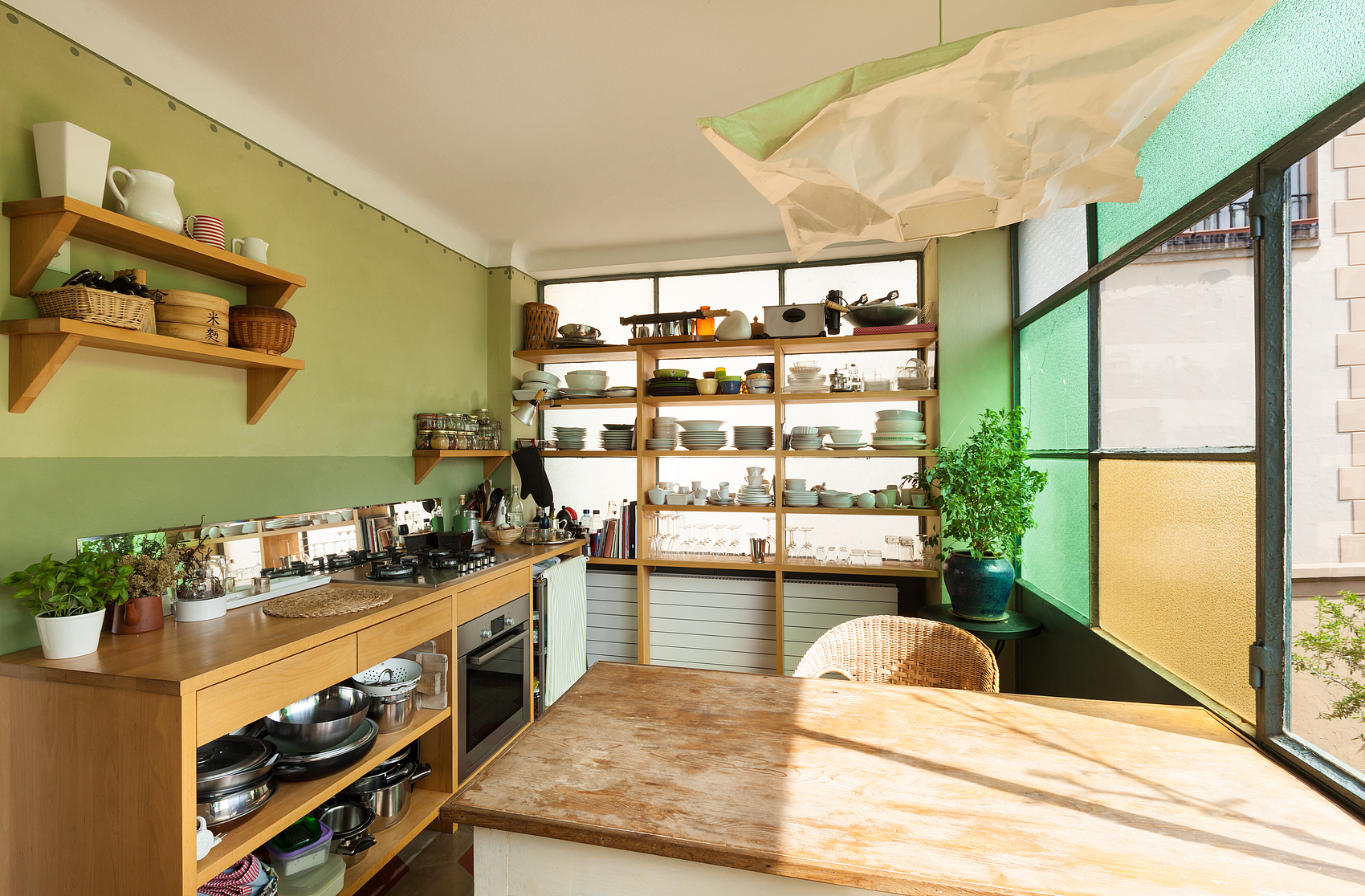Smoke detectors are essential, but don’t forget about carbon monoxide (CO) detectors! These devices are crucial for your health and safety, especially if you have gas-burning appliances like furnaces, water heaters, dryers, or stoves. Carbon monoxide is a toxic, invisible gas produced by these devices, and it can cause symptoms like headaches and nausea that are often mistaken for other illnesses.
What Is Carbon Monoxide?
Carbon monoxide can sneak up on you because it’s colorless and odorless. This means you might not realize there’s a problem until it’s too late. HVAC expert Allen Chenault shares a story about a family who experienced dizziness and nausea, only to discover their furnace was leaking CO. With a good detector, he could address the issue before it turned into a disaster.
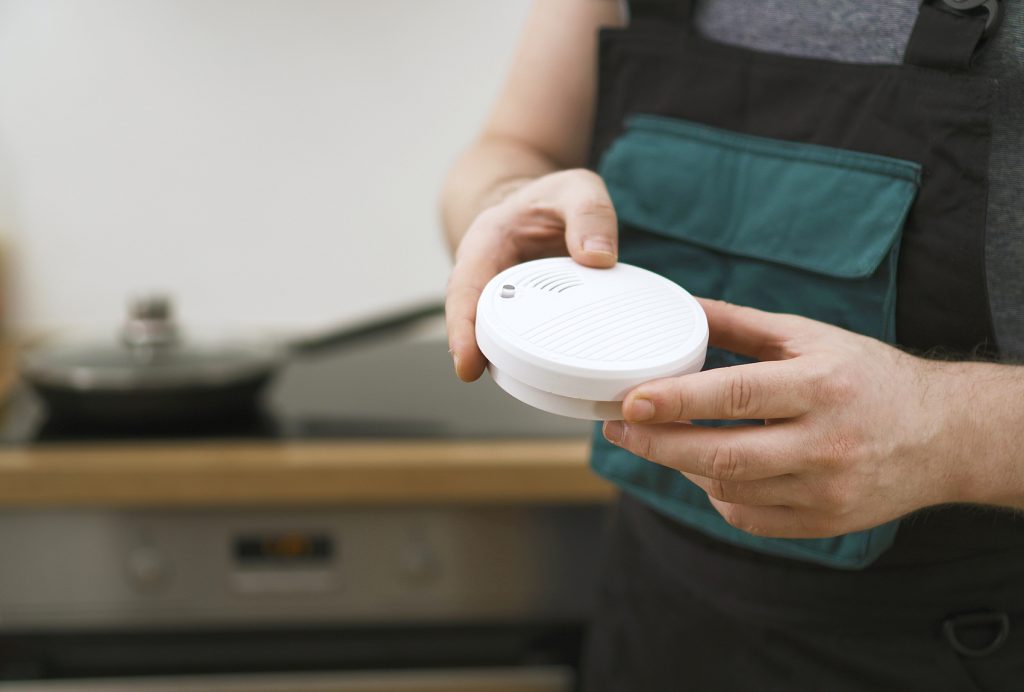
Where to Place CO Detectors
Having CO detectors is just the first step; you need to know where to put them. Dr. Maria Knobel advises installing at least one detector on every level of your home, including basements and attics. Since CO mixes evenly with air, it’s crucial to place detectors at knee to head height, especially near sleeping areas and fuel-burning appliances. For extra protection, consider placing detectors 5 to 20 feet away from potential sources of CO, like your furnace or garage.
How Many CO Detectors Do You Need?
You generally need at least one detector on each level, but larger homes or those with multiple gas appliances might require more. Dr. Knobel emphasizes the importance of having detectors within earshot of bedrooms so that alarms can wake you if there’s an issue while you sleep.
Where Not to Place CO Detectors
When installing CO detectors, avoid placing them on the ceiling or in humid areas like bathrooms. CO is similar in density to air, so it can accumulate at head height. Avoid locations near windows, doors, or in poorly ventilated areas, as these can delay detection.
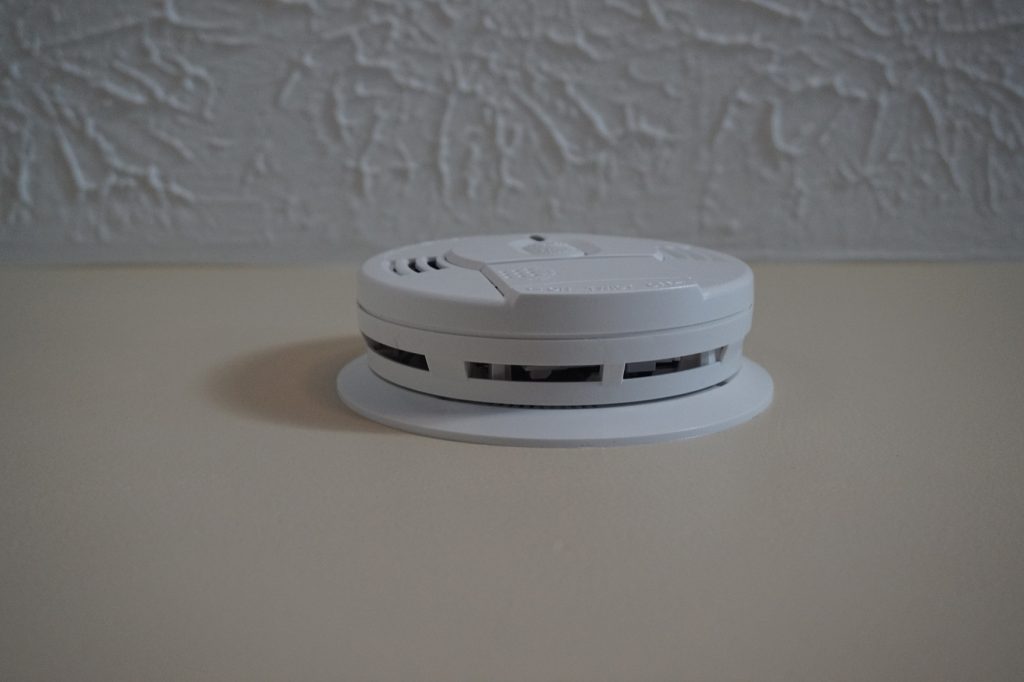
Maintenance Tips
To keep your CO detectors functioning correctly, regular maintenance is a must. Test them weekly and replace batteries at least once or twice a year. Clean the detectors every few weeks to remove dust and debris. Most detectors need to be replaced every 3-5 years, so check the manufacturer’s guidelines.
By ensuring you have the right number of carbon monoxide detectors installed in the right places and maintaining them, you can help keep your home safe and healthy.







